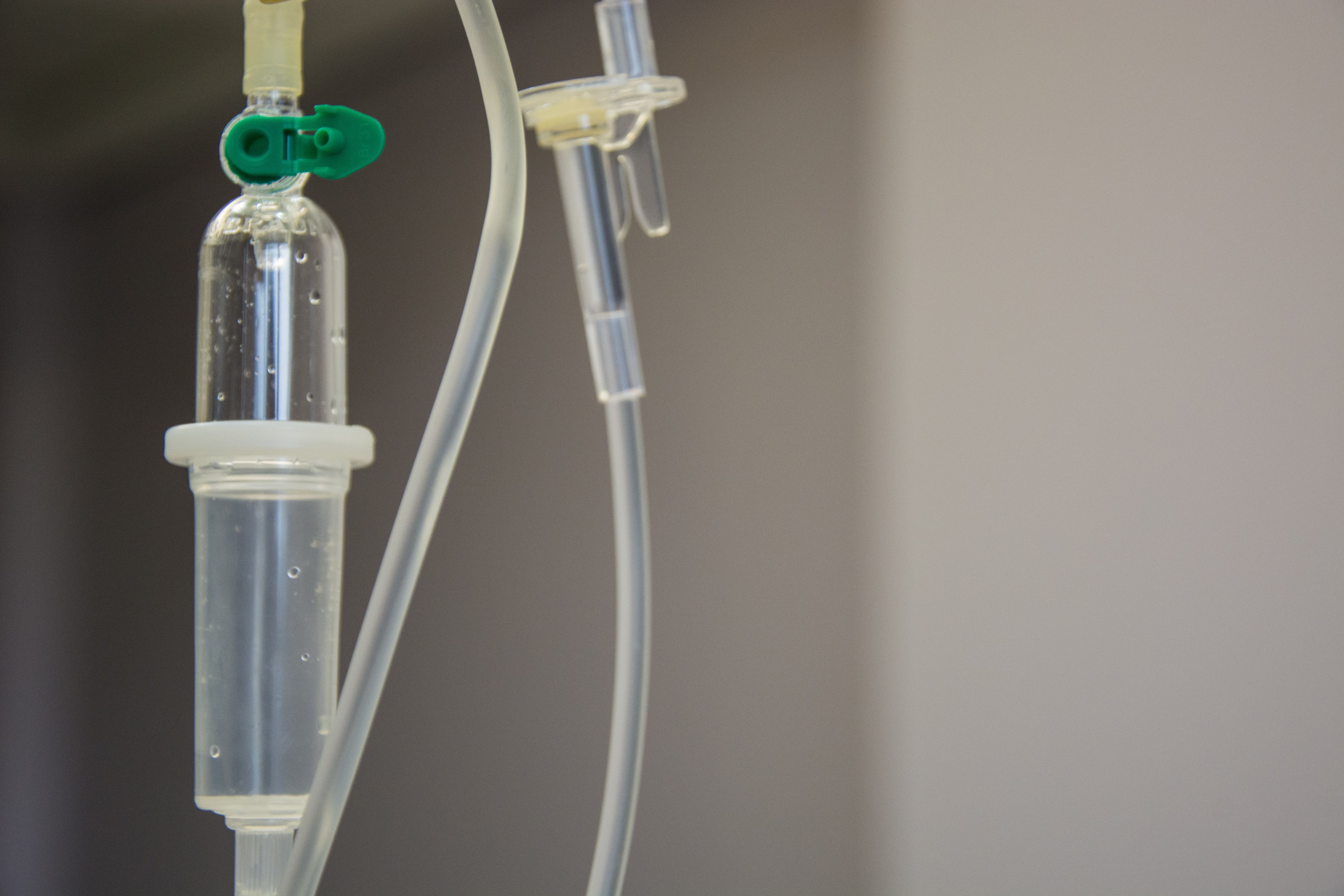β-Lactam Antibiotics Appeared Useful for UTI Despite β-Lactamase-Producing Bacteria
Both noncarbapenem β-lactams and carbapenems produced good outcomes in UTI from β-lactamase-producing Enterobacterales.

Noncarbapenem β-lactam (NCBL) intravenous antibiotics appeared effective in treating urinary tract infection (UTI) from Enterobacterales producing extended-spectrum β-lactamase (ESBL), in a study that compared the agents to carbapenems in hospitalized patients.
The investigators undertook the retrospective cohort study after noticing that some patients with UTI receiving emperically chosen intravenous antibiotics would improve despite subsequent culture/sensitivity reports indicating an organism resistant to the selected treatment.
"We knew that intravenous beta-lactams had tremendous penetration into the urine, but there was a paucity of data on how to manage urinary tract infections caused by ESBL-producing organisms," study lead author Daniel Anderson, PharmD, Department of Pharmacy, Emory Healthcare, Atlanta, told Contagion.
"Of course, there have been landmark trials, namely the MERINO trial, demonstrating superiority of carbapenems to piperacillin-tazobactam for bloodstream infections caused by ESBL-producing organisms, but what about diseases with a lower inoculum with less severe disease?" Anderson posed."We hypothesized that NCBLs would effectively treat patients with ESBL UTIs."
The choice of NCBLs would seem ill-advised when phenotypic culture/sensitivity identifies ESBL-producing Enterobacterales resistant to ceftriaxone, butAnderson and colleagues posit that the apparent effectiveness could be attributed to relatively high antibiotic levels in the urinary tract.
"We suspect that the excellent urinary penetration of intravenous of intravenous β-lactam antibiotics is a significant contributor to the outcomes seen with NCBL use in our study," the investigators indicated.
"The urinary penetration of these antibiotics likely leads to sufficient concentrations to overcome common enzymatic mechanisms of resistance, making UTIs a unique infection where carbapenems may not be universally necessary for ESBL infections," they opined.
Anderson and colleagues reviewed records of patients at 4 hospitals, admitted with an ESBL UTI, and compared outcomes of those initially treated with an intravenous NCBL (n=171) or a carbapenem (n=321) for at least 48 hours, from April 2014 through April 2018.The study primary outcome was length of hospital stay (LOS); and secondary measures included clinical and microbiological response, days until transition to oral therapy, rate of relapsed infection, and rate of secondary infections with a multidrug-resistant organism.
The investigators found similar lengths of hospitalization: 13 days with NCBL and 15 days with carbapenem. The NCBL group, however, had higher rates of microbiologic eradication (98% vs 92%); shorter time to transition to oral therapy (5 days vs 9 days); shorter overall durations of therapy (7 days vs 10 days); and lower rates of relapsed infection (5% vs 42%).
"In the context of the secondary measures having significant differences, it is somewhat surprising that there wasn't a significant difference in the length of stay," Anderson commented. "However, considering that the average LOS in both groups was greater than 10 days, I think this outcome may be confounded by other variables. This makes the likelihood of seeing a significant difference much lower."
In addition to the retrospective design, the limitations of the study include defining NCBL use after 48 hours of treatment, without distinguishing when/if these regimens were changed after c/s results identified resistance. The investigators also point out that repeat urine cultures are not standard of care for UTI, and so recognize the possibility that the presence of repeat urine cultures for some patients indicated lack of improvement or concern about possible new infectious processes.
Anderson and colleagues conclude, however, that, antibiotics for UTI should not be selected solely based on phenotypic resistance, and suggest that this potential carbapenem-sparing approach could contribute to cost savings and to efforts to counter emergence of carbapenem-resistant Enterobacterales.
"I believe one of the key takeaways from our study is that urinary tract infections, more so than other infectious disease states, require decisions be made based on clinical status and trajectory rather than a phenotypic susceptibility profile," Anderson said.


















